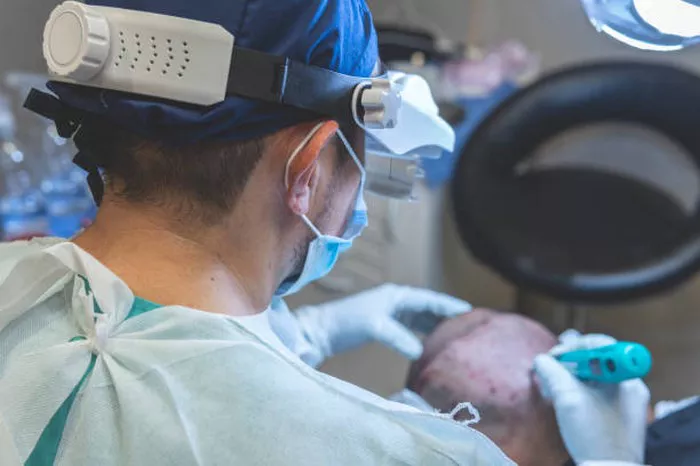Hair transplantation has come a long way since its inception, and the latest breakthrough in the field is the use of robotic technology. Robotic hair transplants are transforming the industry, offering precision, efficiency, and improved outcomes for patients. This article explores how robotic systems like the ARTAS® Robotic System are changing the game for hair restoration.
The Technology Behind Robotic Hair Transplants
Robotic hair transplants utilize advanced algorithms and artificial intelligence to identify and extract the healthiest hair follicles from the donor area. The ARTAS® system, for example, uses high-resolution imaging and robotic arms to perform follicular unit extraction (FUE) with unparalleled accuracy. This minimizes human error and ensures consistent graft quality.
Benefits for Patients
Precision: Robots can identify the best follicles for extraction, reducing damage to surrounding tissue.
Faster Procedures: Robotic systems can perform tasks more quickly than manual methods, shortening surgery time.
Reduced Scarring: The minimally invasive nature of robotic FUE results in less visible scarring compared to traditional methods.
Challenges and Limitations
While robotic hair transplants offer numerous advantages, they are not without challenges. The cost of the technology can be prohibitive for some clinics, and not all patients are suitable candidates. Additionally, the success of the procedure still relies heavily on the skill of the surgeon overseeing the robot.
The Future of Robotic Hair Transplants
As technology continues to evolve, robotic hair transplants are expected to become more accessible and affordable. Innovations in AI and machine learning could further enhance the precision and efficiency of these systems, making them the gold standard for hair restoration.
You Might Be Interested In:
- Smile Hair Clinic Introduces New Sapphire FUE Hair Transplant Technique
- Nikki Glaser Postpones ‘Really Invasive’ Plastic Surgery After Being Offered…
- High Prevalence of Body Dysmorphic Disorder Among Rhinoplasty Candidates: Insights…


